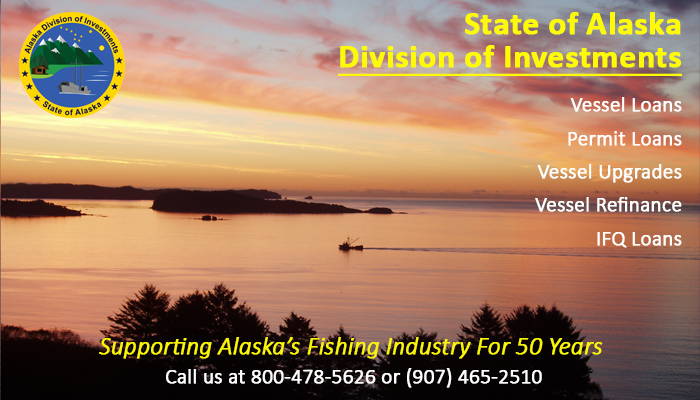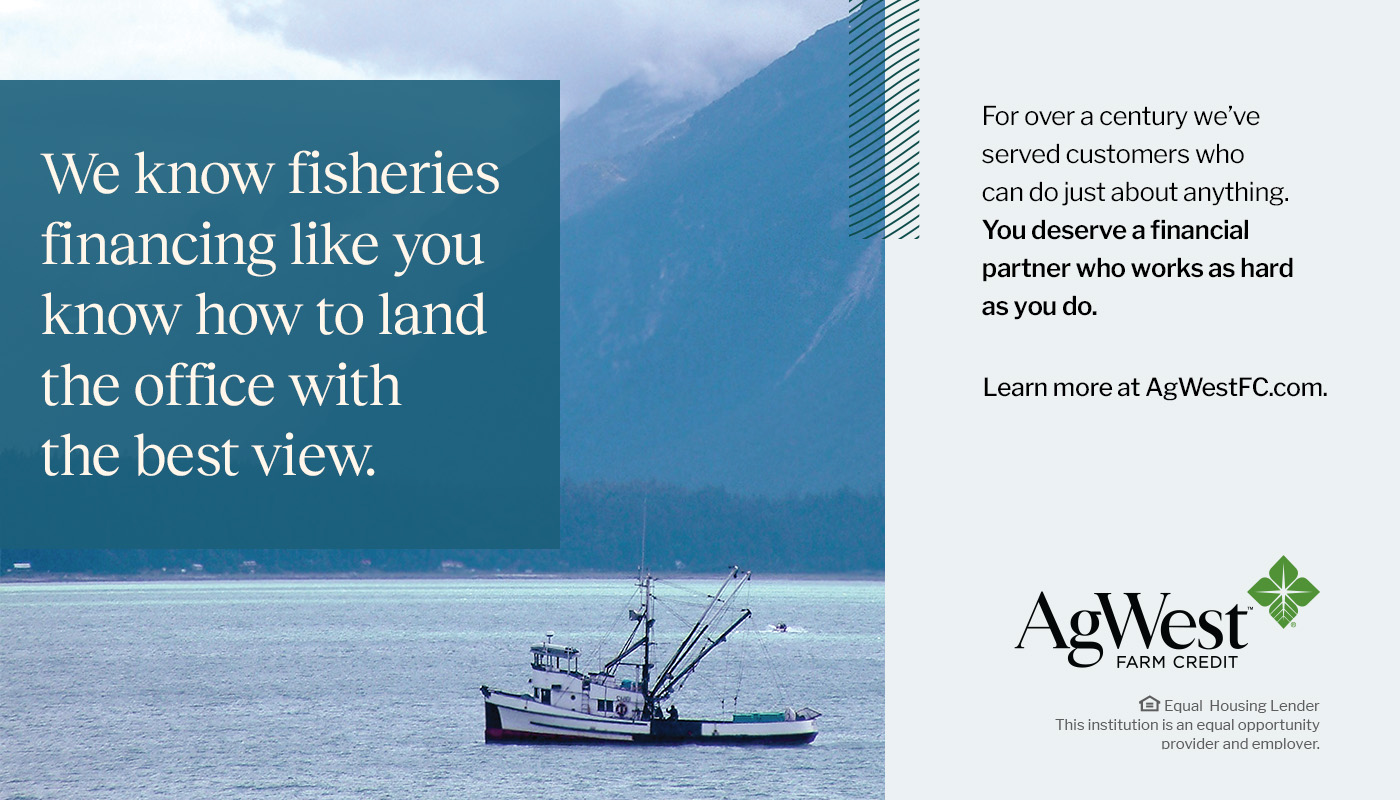Seawatch by Cristy Fry
May 13, 2021
Togiak herring got off to a slow start last week working on a record quota of 47,300 tons, in spite of increased participation, according to KDLG Public Radio in Dillingham.
Ten seiners showed up for the season, along with three gillnetters who started fishing this week.
That compares to only 3 seiners and a couple gillnetters last season, and one processor.
ADF&G area management biologist Tim Sands told the station that the pandemic has taken a toll on the fishery.
“Prior to COVID we had four processors participating and now we’re down to two," he said. "I think that speaks to market conditions — there just isn’t that much demand for herring roe anymore."
Togiak herring are sold mostly for their roe, and the market has been in slow decline. In the 1990's, prices were about $1,000 per ton; Sands said the 2020 price was $100 per ton.
ADF&G is allowing the boats to fish until further notice, but results have not been ideal.
"The fish size is small for what we’re used to in Togiak, but it’s still holding above 300 grams, which is good.”
Sands said they have been seeing lots of fish and lots of spawn on their survey flights, but in spite of the robust start to the spawning, catches have been spotty.
“Some of the fish they’re finding are still immature," he said. "There’s some spawn-outs mixed in. And then the fish size — I really want to keep the fish size above 300 grams.”
Togiak is the only major herring fishery that is open entry, unlike the limited entry fishery in Sitka, and the former fisheries in Kamishak Bay and Prince William Sound. Kamishak Bay and Prince William Sound are technically still limited entry fisheries, but Kamishak Bay hasn't had a fishery since 1999, and Prince William Sound hasn't fished since 1993.
The Kamishak Bay collapse is largely thought to be the result of over-harvesting as well as the switch from gillnets to seines which has less selectivity of fish size.
The Prince William Sound crash came shortly after the 1989 Exxon Valdez oil spill.
While there were two good seasons in Prince William Sound when the fishery re-opened in 1990 after spill clean-up, it became apparent that many of those fish did not spawn successfully or the eggs hatch and survive in 1993 when only a third of the projected run showed up, and it went downhill from there.
In spite of the lack of fishing mortality, neither fishery has recovered.
This article also appears in the Homer News. Cristy Fry can be reached at [email protected].






